We Saw the Chaos in
We Saw the Chaos in Local Pickleball. So We Built Sporty. A leader’s story by Mr. Tung, Delivery Executive Manager

- IOS
- Android
- Cross-platform

- Analysis & Planning
- Design & Prototyping
- Development
- Testing
- Release & Maintenance

- Healthcare mobile apps
- Finance mobile apps
- Education mobile apps
- Logistics mobile apps
- E-commerce mobile apps

- Authentication
- Authorization
- Access control
- KYC (Know Your Customer)

- User-centric research & report
- Customized user-centric design
- Adaptable frontends
- Accessibility & usability testing
- Professional UI/UX designers

- Functional & Non-functional testing
- Manual & Automation testing
- Experienced testers
- Insightful reports








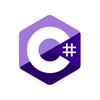



















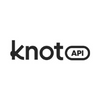



























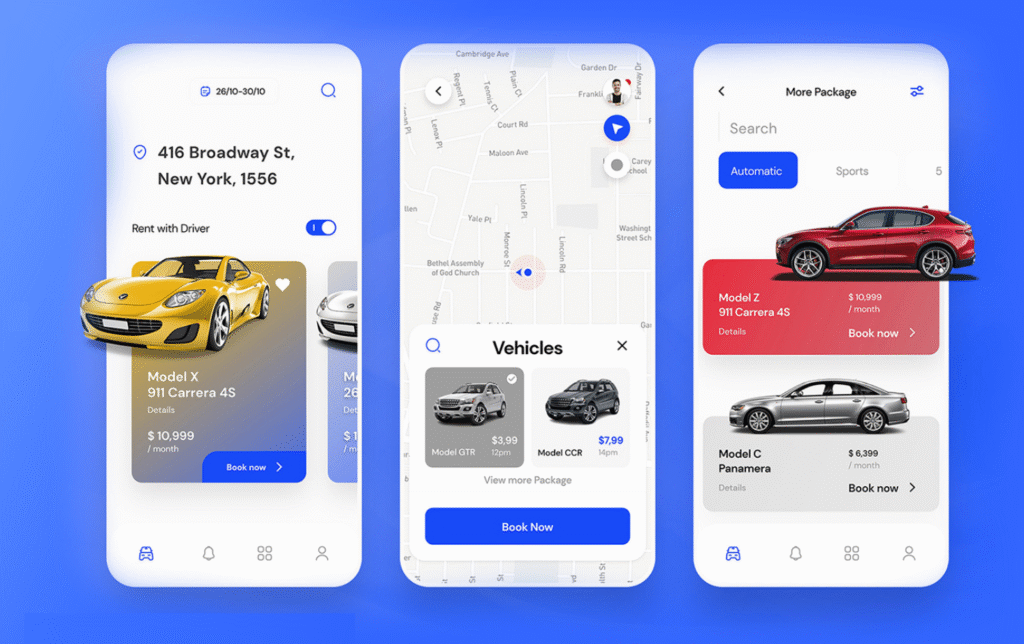
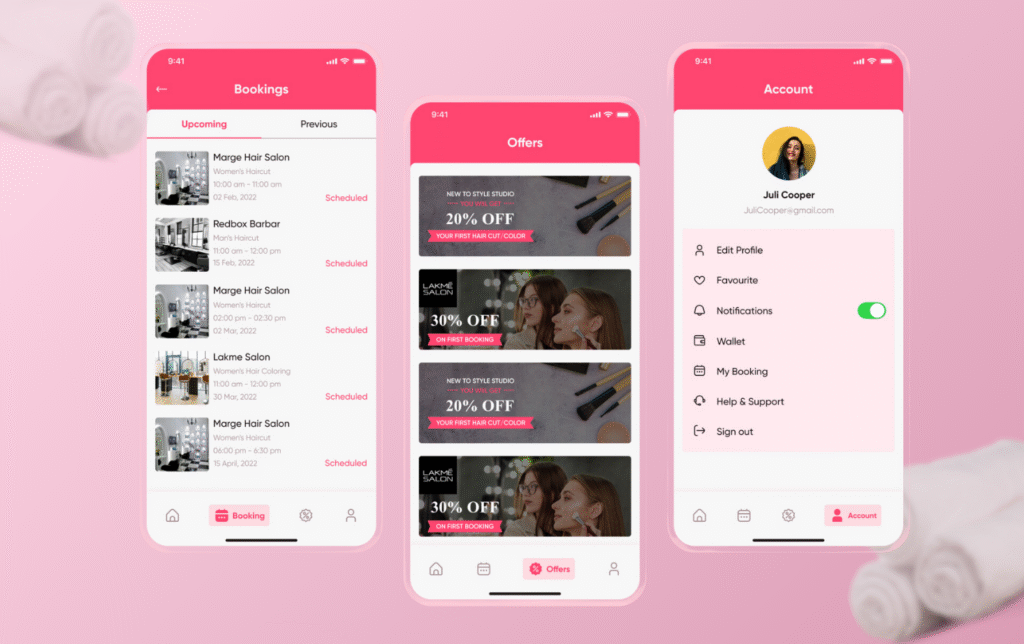

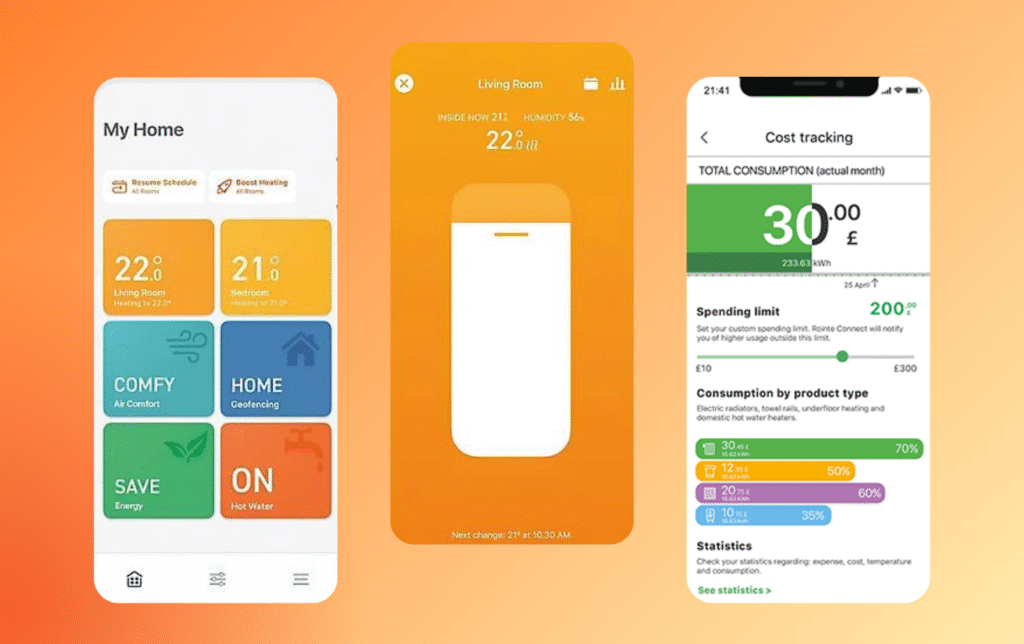

Here’s what our clients and partners said about working with us.
GCT Solution's team members are excelling and seamlessly integrated into the team. They work independently, require no micromanagement, and there are no significant issues.
Michael
Director of Digital Transformation - C Group.
This is my first time working with an external team, a new experience. The team are well-performing, and they are fast-learners. They complete tasks very fast, ask critical questions and keep communication effective
Albert
Director - G Group.
As a long-term partner of GCT Solution, we’ve witnessed firsthand the transformative impact their IT outsourcing services have had on businesses, including ours. Their blend of professional expertise, cutting-edge technology, and customer-centric approach sets them apart in the industry. We look forward to continuing our successful partnership.
Kenny
CTO - S Inc.
The performance of developers are really good. They have a good communication. All tasks are done well and on time. We want to keep them in our team
Christ
Technology Manager - C Group.
Partnering with GCT Solution for IT outsourcing has been key to our tech progress. Their exceptional handling of complex projects and commitment to our needs have been vital in our digital transformation. We’re thankful for this partnership and excited for future achievements together.
Peter
Head of Development - A Corp.
We Saw the Chaos in Local Pickleball. So We Built Sporty. A leader’s story by Mr. Tung, Delivery Executive Manager
10 Real Estate Project Tracking Software in 2024: An In-Depth Review As real estate projects grow in scale and complexity,
The Ultimate Guide to ERP in Logistics Industry Businesses are under constant pressure to meet customer demands quickly and efficiently.
Mobile App Development for Startups: From Idea to Launch and Beyond Startups must innovate to remain competitive, especially in this
The Introduction to Cross-Platform Mobile Development: 2024 Best Guides Cross-platform mobile development has recently changed the game, allowing developers to